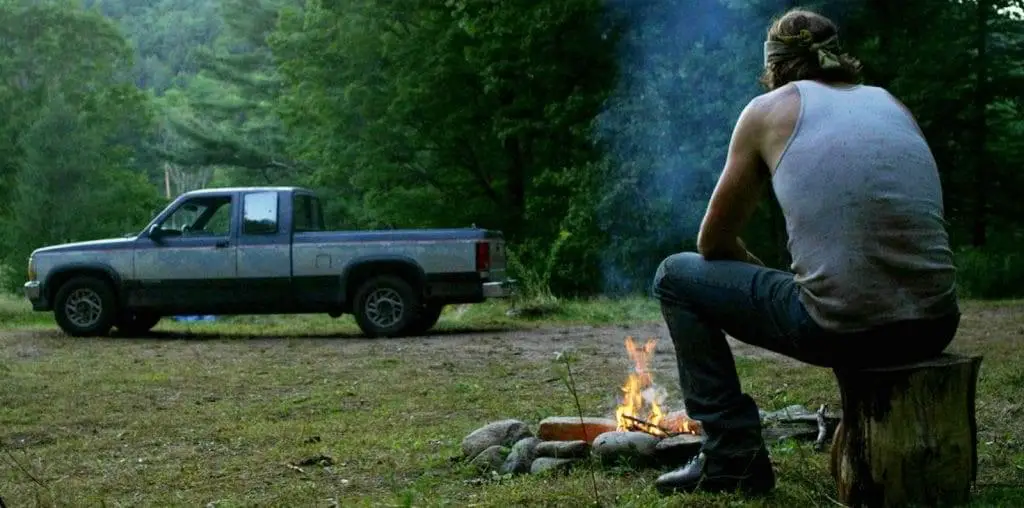
Jilli Rose’s animated short film smorgasbord Sticky tells the story of the Lord Howe Island stick insect thought long extinct until a couple specimens were found decades later on the seemingly inhospitable Ball’s Pyramid (essentially an almost entirely sheer rockface sticking out of the water). As the short film shows, the stick insects thrived on Lord Howe Island until colonization brought new species, such as rodents, to the island, which quickly decimated the insect’s population. Somehow the species made their way to Ball’s Pyramid, where they lived in tiny numbers until rediscovered in 2001. Scientists then stepped in to help breed the species, in an effort to bring the “rarest invertebrate in the world” back from the edge of annihilation.
The film employs a number of animation styles, from rotoscoping (think Linklater’s Waking Life) to more standard computer-generated imagery. The result is footage that is constantly jostling for your attention, but in a good way. It’s a unique mix, matching the film’s narrative of marrying the past with the present.
As for the narrative structure, the film is somewhat split in two parts. The first six minutes or so tells the story of the stick insects’ past, showing us how they got to be thought extinct, while also setting up the visual language for the rest of the film. It’s a good-looking sequence, without dialogue or explanation, where the visuals tell the story well enough for your mind to fill in the blanks.
From that point on, the film evolves into more of a documentary film, with voiceover narration from Nicholas Carlile, one of the scientists who rediscovered the stick insects on Ball’s Pyramid. He recounts the discovery of the stick insect on Ball’s Pyramid, and anecdotes about what has happened since to save and breed the insect. In its more straightforward way, this second half establishes the narrative that grounds the more fantastical aspects of the opening sequence.
Which brings me to the main criticism of the film. When initially watching the film, you don’t know what you’re in for so those opening few minutes bring you to believe the film will be one way, before the gears shift. This in itself isn’t problematic, but when the film wraps up just shy of twenty minutes and you look back over the entire film, the difference in sequences make for an obvious split, and potential edit point for two different short films.
Yes, they work together, but the film feels long. When thinking about how to trim it down, the thought will always go back to that obvious split. You might say, “Is there really that big a difference between a nineteen minute movie, or a thirteen minute one?” and my answer would be “Absolutely.” One running time gets the film programmed more consistently in film festivals, the other makes it more difficult to achieve that goal (if that is the goal).
When you look back at the film, while the two sequences work together, could they work separately? Again, absolutely. Do the positives of their connection here overwhelm their potential detriment? For me, they don’t. Could the answer lie in another editorial pass that trims up both sections? Maybe.
Overall, though, this is still an inventive, interesting film that got me thinking about stick insects, which is not something I would normally do. Which is another reason to get the running time down more for Sticky, because the film can appeal to a broad audience, but you’ve got to get it to a punching size that will get it in front of that larger audience. Those that do see the film, however, are in for a sometimes esoteric, always visually appealing, treat regardless.
This film was submitted for review through our Submission for Review system. If you have a film you’d like us to see, and we aren’t already looking into it on our own, you too can utilize this service.
